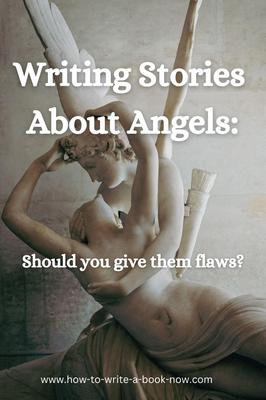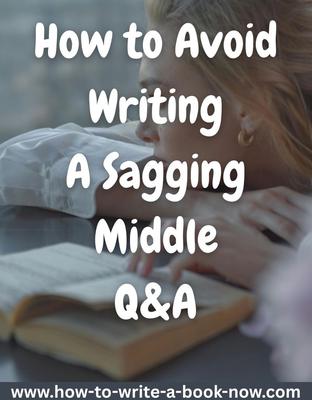Drawing a Plot Diagram
by Ron
(Vancouver, WA, USA)
Question: After reading the wonderful article, "How to Creat a Plot Outline in 8 Easy Steps," I am wondering if the 8 plot elements can be drawn in the form of a diagram? The starting point would be the protagonist experiencing an inciting incident and the conclusion would be either the story goal or the consequence. How would the other plot elements ( preconditions, prerequisites, costs, dividends, forewarnings, and requirements be drawn?
Answer: The 8 elements are called "static" elements because they do not necessarily appear in any particular order. The important thing is that they all appear at least once somewhere in the story. Some may appear more than once - for instance, you may have several requirements or forewarnings, each of which appears at a different point, or you may mention the same consequence more than once. In some stories, the goal is stated in act 1. In others, it may be mentioned once per act. In others, it may not be made clear until the very end. It all depends on how you want to tell your story.
This makes static elements different from the "progressive" plot elements which must appear in a certain chronological order. For instance, the resolution always comes after the climax. (Of course, you may not always tell a story in chronological order.)
That said, Armando Saldana-Mora came up with a little formula called "Instant Dramatica" which takes the four most important static elements (Goal, Consequence, Requirements, and Forewarnings), and combines them with four of the genre elements, namely: Outcome (whether the goal is achieved or not), Limit (Ticking Clock or Option Exhaustion), Initial Driver (or inciting incident), and Final Driver (or final turning point). To get a brief outline, you combine these elements in four parts...
Part 1: Initial Driver + Consequence
Part 2: Goal + Requirements
Part 3: Forewarnings + Limit
Part 4: Final Driver + Outcome
For example, to take The Hunger Games...
Part 1:
After Katniss's father dies, Katniss is forced to develop her hunting skills and take handouts from the Capitol to keep her family from starving (initial driver).
When Katniss's sister,
Part 2:
Katniss must try to survive the games for the sake of her sister and mother (goal). The key to surviving the games is for Katniss to win the support of sponsors and the public (requirements).
Part 3:
Various events show what happens to people who defy the Capitol. These include the forest fire, created by the gamemasters to change Katniss's direction, the Avox girl (whose tongue was removed because she rebelled), Hamish's alcoholism (a side effect of winning the games), and the mutated wolves (created in the likeness of the dead tributes) (forewarnings).
Meanwhile, there are only 24 tributes. As they die, one by one, it is clear that Katniss must eventually face the deadliest tribute, Cato, in her ultimate fight for survival (limit).
Part 4:
The death of Cato leaves only Katniss and Peeta alive. They decide to kill themselves rather than each other, thus denying the gamemasters a winner (final driver).
Rather than be left without a winner, the gamemasters allow both Katniss and Peeta to be declared winners and survive (outcome).
When you're writing your own story and you've reached this point, you can then add in the other four static elements where they make sense (Costs, Dividends, Prerequisites, Preconditions).
Obviously, there's a lot more to the story than these 8-12 elements. But this is a quick and easy way to get a sense of the overall story arc.
The formula is a step closer to a chronological approach, because some of these elements pretty much need to go in the order they are given. Obviously, the initial driver must go first chronologically, just as the Outcome must go near the end.
Just bear in mind that many of the other elements do not have to go in a particular chronological order, so this formula will not work perfectly for every story. Still, you may find useful.
P.S. You might also check out this article comparing the W-Plot with the Dramatica model.
https://www.how-to-write-a-book-now.com/w-plot.html
- Home
- Writing Questions
- Drawing a Plot Diagram















